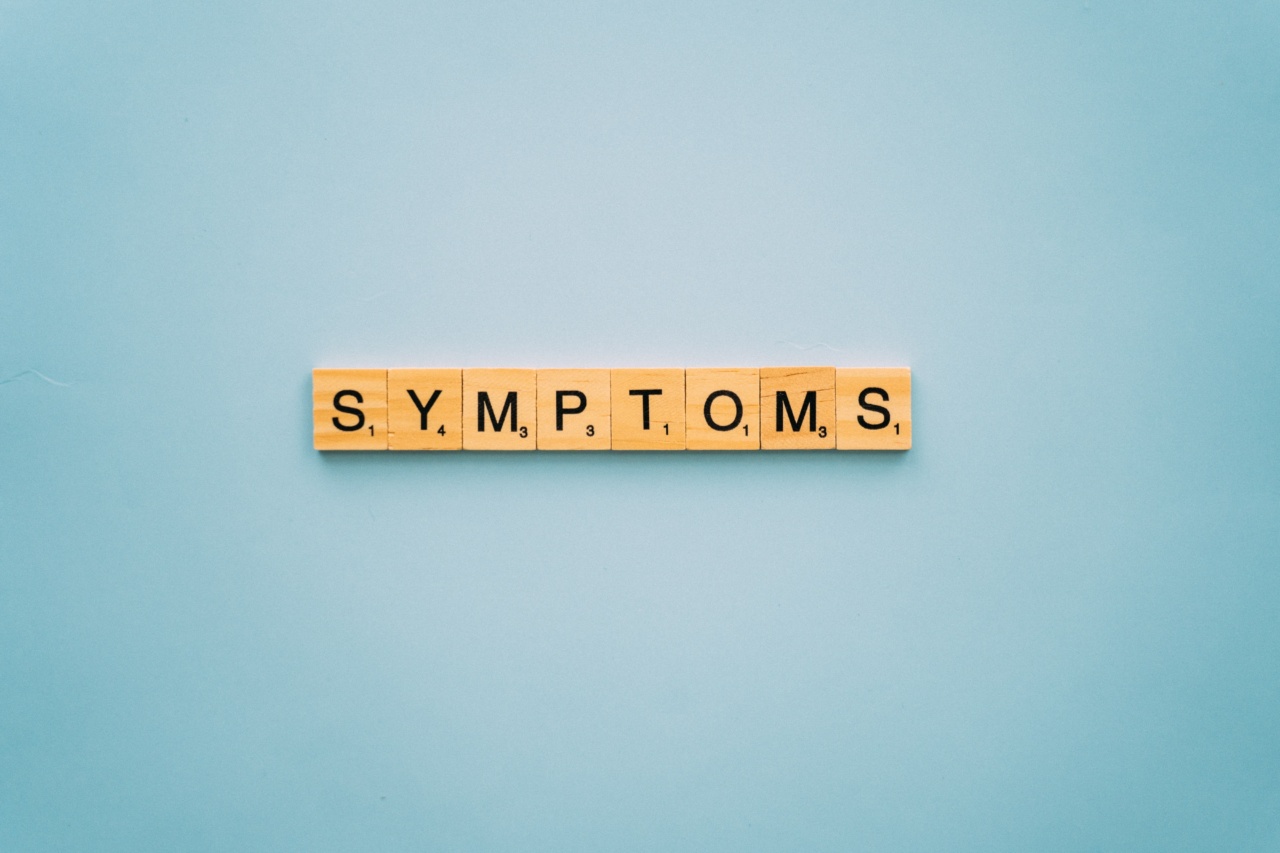Have you ever experienced a sudden loss of consciousness and wondered what caused it? Fainting, also known as syncope, is a temporary loss of consciousness that occurs when there is a temporary decrease in blood flow to the brain.
It is usually brief, lasting only a few seconds or minutes, but it can be a sign of an underlying medical condition. In this article, we will explore the signs and symptoms of fainting that you should not ignore.
1. Feeling lightheaded or dizzy
One of the early signs of fainting is feeling lightheaded or dizzy. You may experience a spinning sensation or a feeling that you might pass out. This is often accompanied by a decrease in blood pressure, which can lead to fainting if not addressed.
2. Pale skin or sudden pallor
When fainting is imminent, you may notice a sudden change in the color of your skin. It may become pale or lose its normal color. This is a result of reduced blood flow to the skin due to a drop in blood pressure.
3. Sweating or cold/clammy skin
Alongside the change in skin color, you may experience excessive sweating or cold/clammy skin. These symptoms are the body’s attempt to regulate body temperature during a sudden decrease in blood flow.
4. Rapid heartbeat or irregular heart rhythm
Fainting can also be associated with a rapid heartbeat or irregular heart rhythm. The heart may be working harder to compensate for the drop in blood pressure, leading to palpitations or arrhythmias.
5. Nausea or feeling nauseous
Feeling nauseous or experiencing nausea is another common symptom of fainting. It can be a result of the body’s response to decreased blood flow, altered blood sugar levels, or changes in the gastrointestinal system during a fainting episode.
6. Blurred vision or tunnel vision
During the moments leading up to fainting, you may experience blurred vision or tunnel vision. Your field of vision may become restricted to a narrow tunnel-like view, making it difficult to see clearly.
7. Confusion or feeling disoriented
Fainting can cause temporary confusion or disorientation. You may feel mentally foggy or have trouble processing information. This is due to the temporary lack of oxygen and blood flow to the brain.
8. Weakness or loss of muscle control
Another symptom of fainting is weakness or loss of muscle control. It may feel like your muscles are suddenly giving out, making it difficult to stand or move properly.
9. Fainting triggers and warning signs
Pay attention to any triggers or warning signs that precede your fainting episodes. Some common triggers include standing for long periods, sudden changes in body position, intense emotions, pain, dehydration, or overheating.
Recognizing these warning signs can help you take preventive measures and seek medical attention when necessary.
10. When should you seek medical attention?
While fainting episodes can be relatively harmless, they can also be a sign of an underlying medical condition.
It is crucial to seek medical attention if you experience recurrent fainting episodes, fainting after a head injury, chest pain, shortness of breath, seizures, or if you have a family history of heart problems. A medical professional can evaluate your symptoms, perform tests if necessary, and provide appropriate treatment.































